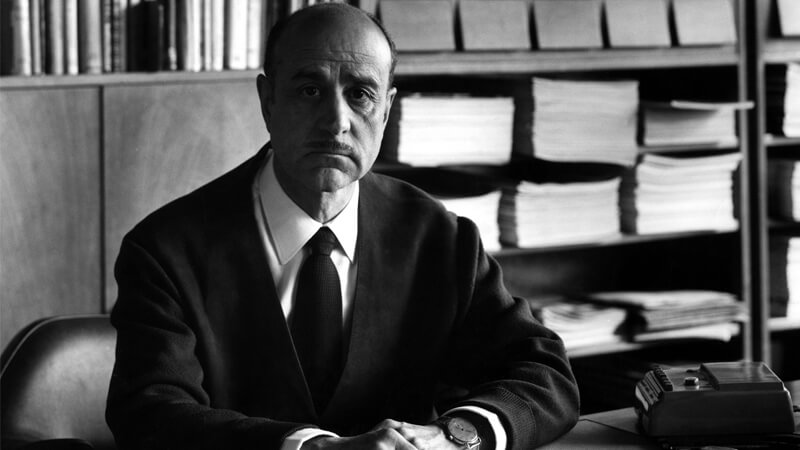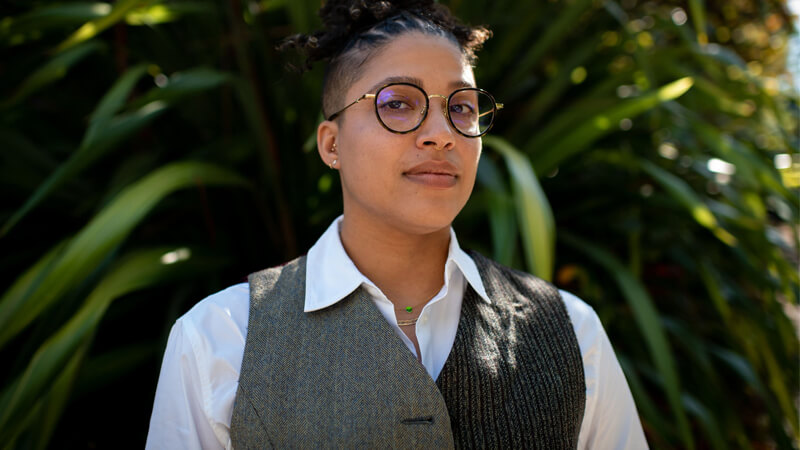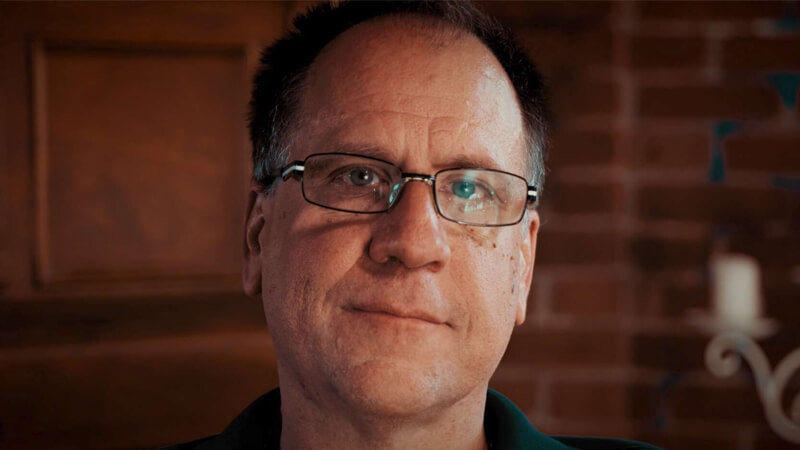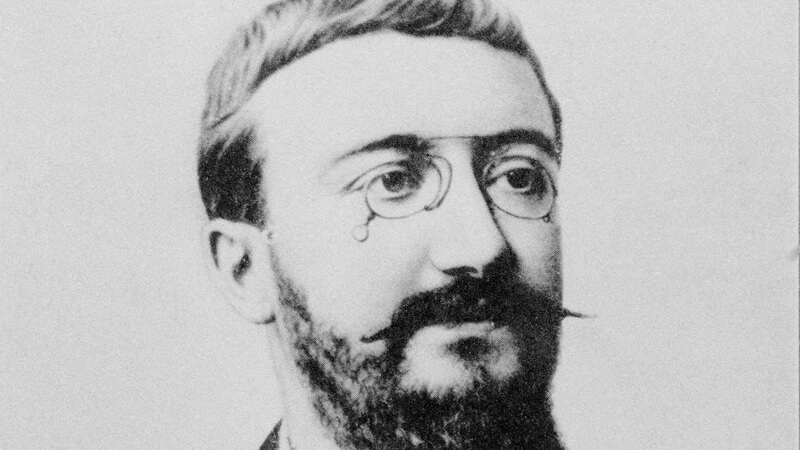Biography of Miguel Fisac Serna: – He studied architecture at the Higher Technical School of Architecture of Madrid (ETSAM). He graduated in 1942, obtaining the special end of race prize.
His early works are from the early 40’s and in them predominated references to traditional and official factors, typical in the Spanish architecture of those years. In the Chapel of the Holy Spirit, Madrid, 1942, these historicist references are lacking in originality.
Biography of Miguel Fisac Serna
- Born:- 29 September 1913, Daimiel, Spain
- Died:- 12 May 2006, Madrid, Spain
- Structures:- Jorba Pagoda, Centro social de las Hermanas Hospitalarias, IBM Building, Madrid
- People also search for:- José Javier García-Badell, Hugo García Badell, Andrés Cánovas
A year later he will hold the Central Building of the Higher Council for Scientific Research (CSIC), also in Madrid, where he makes a historicist intervention of great erudition, especially in the Corinthian portico, where the classic orders and proportions that give the building a great burden of monumentality.
See Also: Biography of Wassily Leontief
Little by little, it will get rid of the ornamentation and the formal character of historicist aesthetics. This decorative austerity will also begin to be seen in religious constructions, such as the Ermita Del Ventorrillo, 1949, where it will use the stone with greater rotundity without making allusions to classical themes.
This year he will make a trip through the Nordic countries, where he will come into contact with the work of Asplund. The influence of the architecture of these countries will be reflected in their concern for the quality of the materials, mixed with the essentialization of the popular and a personal approach in which humanized construction is sought and away from formal and aesthetic criteria. This austerity in the construction, looking for the purity of the spaces, will be a constant in his later work:
The Labor Institute of Daimiel will be the first of a series of buildings dedicated to labor education and is also its first truly modern work, where a new organic architecture is realized in Spain and that seeks the consonance with the landscape of wide horizon (so that I t tends to horizontal) and the harsh climate of La Mancha (which tends to the essence of popular architecture), which is perfectly adapted to this environment in its wisdom acquired over time.
In 1952 he won the Gold Medal of the international exhibition of Sacred Art in Vienna, thanks to the church of Arcas Reales, Valladolid, in which he creates a new religious space based on two walls that converge towards the altar.
In these walls, Fisac eliminates any obstacle that retains the look, a scheme that will be repeated in later works: the church of Escaldes in Andorra follows the same model.
In 1955 he will travel around the world, passing through Jerusalem, Manila, Japan and the United States, where he visits RJ Neutra.
In 1960 he will do research and draw the patent on tensile and post-tensioned concrete, to which he will seek his expressive and structural qualities.
This fact will characterize his work carried out in these years: the Center for Geological Research (GEF), the Center for Hydrographic Studies of Madrid (both 1960) and the Information and Documentation Center of the CSIC (1961), where concrete does not appear as a rigid wall but is molded according to the guidelines of the plastic material used as formwork, which produces shapes and textures of great expressive force. Fisac will continue investigating the possibilities of concrete, patented in 1971 the flexible formwork.




